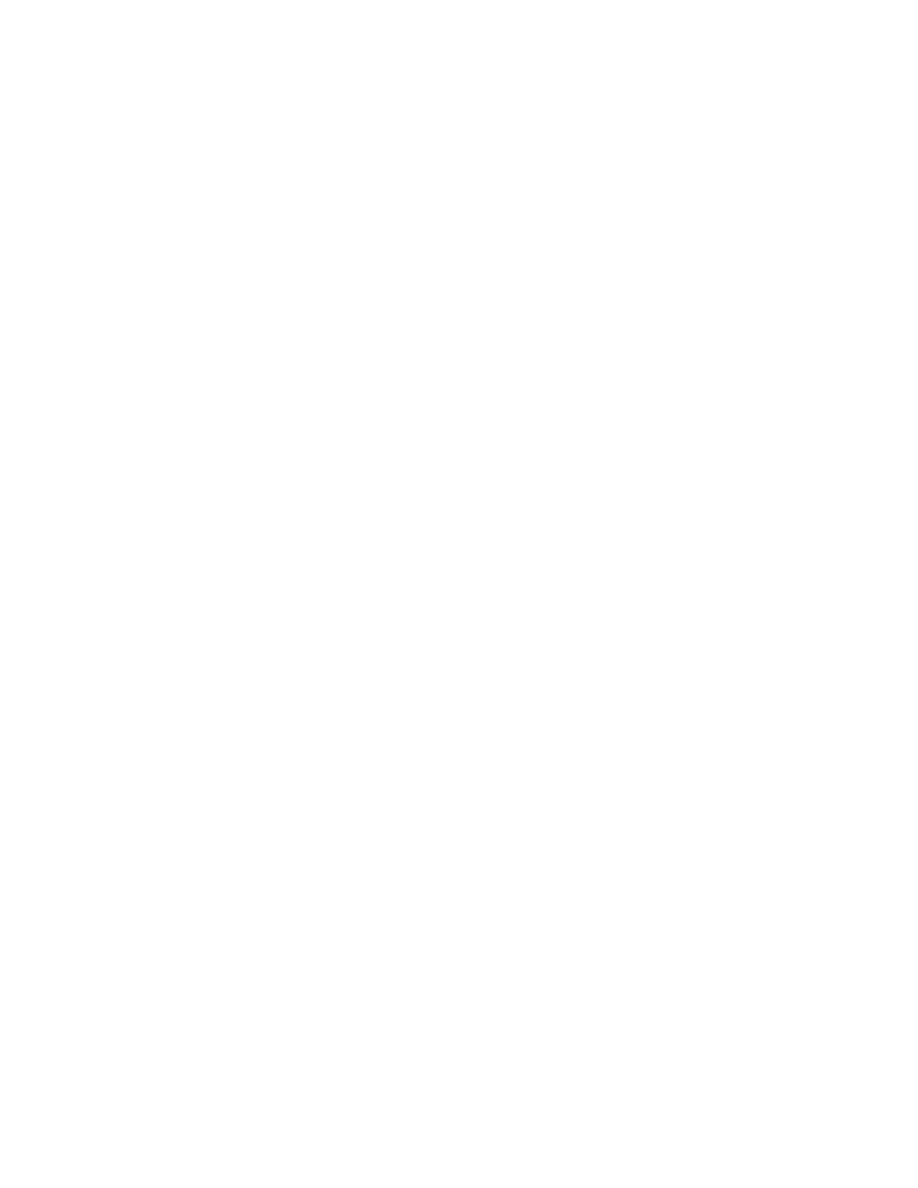RAM 2500 Truck 4WD V10-8.0L VIN W (1997)

2. Connect the appropriate Fuel Line Pressure Test Adapter Tool (number 6539, 6631, 6541 or 6923) between the disconnected fuel line and fuel rail
(Fig. 9) or (Fig. 10).
3. Connect the 0-414 kPa (0-60 psi) fuel pressure test gauge (from Gauge Set 5069) to the test port on the appropriate Adaptor Tool.
-
The fittings on both tools must be in good condition and free from any small leaks before performing the proceeding test.
4. Start engine and bring to normal operating temperature.
5. Observe test gauge. Normal operating pressure should be 339 kPa +/- 34 kPa (49.2 psi +/- 5 psi).
6. Shut engine off.
7. Pressure should not fall below 30 psi for five minutes.
8. If pressure falls below 30 psi, it must be determined if a fuel injector, the check valve within the fuel pump module, or a fuel tube/line is leaking.
9. Again, start engine and bring to normal operating temperature.
10. Shut engine off.
11. Testing for fuel injector or fuel rail leakage:
-
Clamp off the rubber hose portion of Adaptor Tool between the fuel rail and the test port "T" on Adapter Tool.
-
If pressure now holds at or above 30 psi, a fuel injector or the fuel rail is leaking.
12. Testing for fuel pump check valve, filter/regulator check valve or fuel tube/line leakage:
-
Clamp off the rubber hose portion of Adaptor Tool between the vehicle fuel line and test port "T" on Adapter Tool.
-
If pressure now holds at or above 30 psi, a leak may be found at a fuel tube/line.
-
If no leaks are found at fuel tubes or lines, one of the check valves in either the electric fuel pump or filter/ regulator may be leaking.
NOTE: A quick loss of pressure usually indicates a defective check valve in the filter/regulator. A slow loss of pressure usually indicates a defective
check valve in the electric fuel pump.
The electric fuel pump is not serviced separately -- Replace the fuel pump module assembly. The filter/ regulator may be replaced separately on certain
applications. Refer to Fuel Filter/Fuel Pressure Regulator Removal/installation for additional information.
